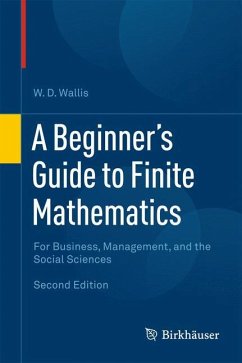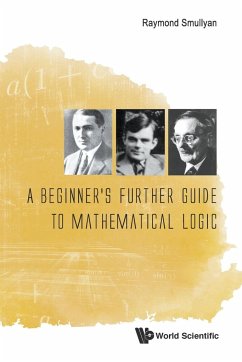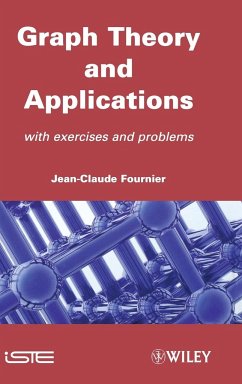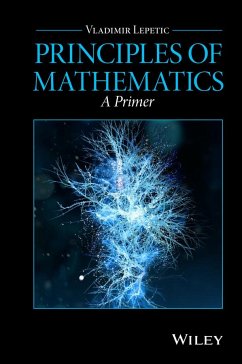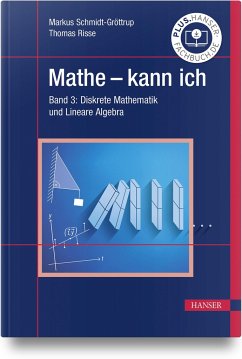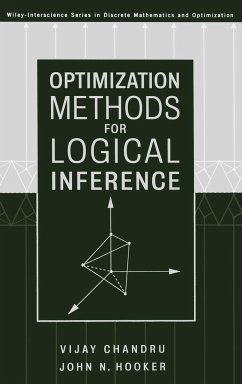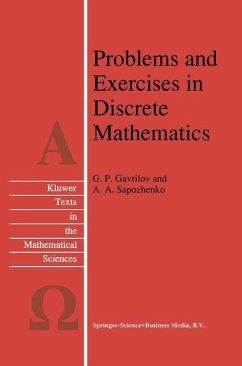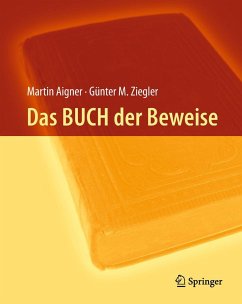
A Beginner's Guide to Discrete Mathematics

PAYBACK Punkte
31 °P sammeln!
Wallis's book on discrete mathematics is a resource for an introductory course in a subject fundamental to both mathematics and computer science, a course that is expected not only to cover certain specific topics but also to introduce students to important modes of thought specific to each discipline . . . Lower-division undergraduates through graduate students. -Choice reviews (Review of the First Edition)Very appropriately entitled as a 'beginner's guide', this textbook presents itself as the first exposure to discrete mathematics and rigorous proof for the mathematics or computer science s...
Wallis's book on discrete mathematics is a resource for an introductory course in a subject fundamental to both mathematics and computer science, a course that is expected not only to cover certain specific topics but also to introduce students to important modes of thought specific to each discipline . . . Lower-division undergraduates through graduate students. -Choice reviews (Review of the First Edition)
Very appropriately entitled as a 'beginner's guide', this textbook presents itself as the first exposure to discrete mathematics and rigorous proof for the mathematics or computer science student. -Zentralblatt Math (Review of the First Edition)
This second edition of A Beginner's Guide to Discrete Mathematics presents a detailed guide to discrete mathematics and its relationship to other mathematical subjects including set theory, probability, cryptography, graph theory, and number theory. This textbook has a distinctly applied orientation and explores a variety of applications. Key Features of the second edition: _ Includes a new chapter on the theory of voting as well as numerous new examples and exercises throughout the book _ Introduces functions, vectors, matrices, number systems, scientific notations, and the representation of numbers in computers _ Provides examples which then lead into easy practice problems throughout the text and full exercise at the end of each chapter _ Full solutions for practice problems are provided at the end of the book
This text is intended for undergraduates in mathematics and computer science, however, featured special topics and applications may also interest graduate students.
Very appropriately entitled as a 'beginner's guide', this textbook presents itself as the first exposure to discrete mathematics and rigorous proof for the mathematics or computer science student. -Zentralblatt Math (Review of the First Edition)
This second edition of A Beginner's Guide to Discrete Mathematics presents a detailed guide to discrete mathematics and its relationship to other mathematical subjects including set theory, probability, cryptography, graph theory, and number theory. This textbook has a distinctly applied orientation and explores a variety of applications. Key Features of the second edition: _ Includes a new chapter on the theory of voting as well as numerous new examples and exercises throughout the book _ Introduces functions, vectors, matrices, number systems, scientific notations, and the representation of numbers in computers _ Provides examples which then lead into easy practice problems throughout the text and full exercise at the end of each chapter _ Full solutions for practice problems are provided at the end of the book
This text is intended for undergraduates in mathematics and computer science, however, featured special topics and applications may also interest graduate students.





